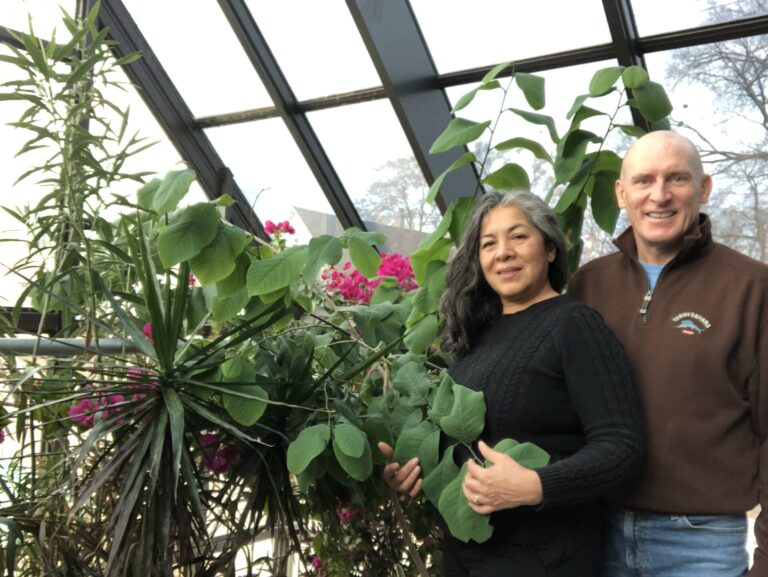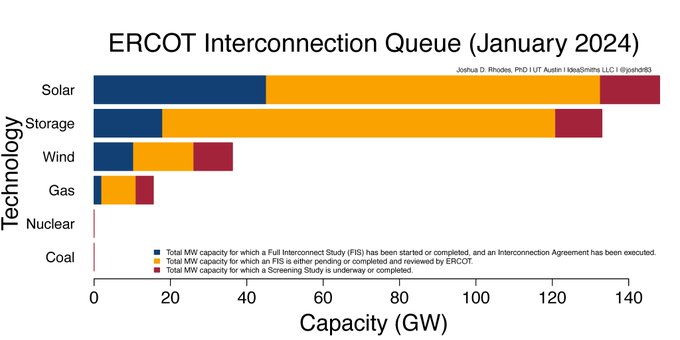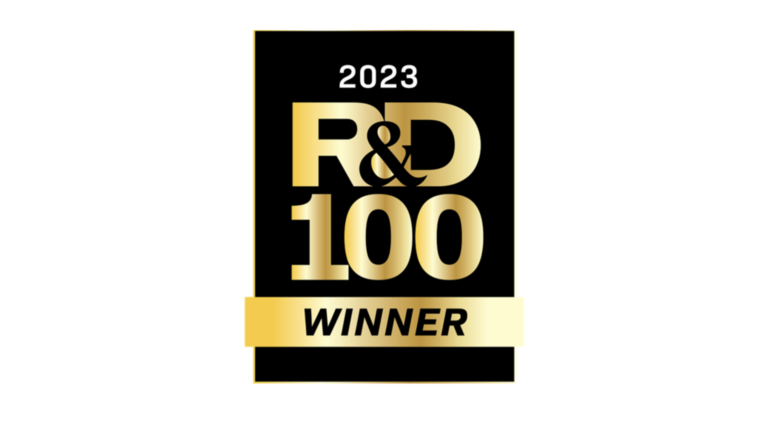October 25, 2021
By Suzanne Russo, CEO, Pecan Street
Over the last year, Pecan Street has been working with some remarkable partners to apply our research and data expertise to some vexing challenges around carbon sequestration.
Today, we posted some fruit of our labor, a Digital Dirt Toolkit that takes us several steps toward a data-driven solution:
- An integrated set of soil and farm data from leading research institutions in the United States and the United Kingdom and a database framework designed for easy integration of data and common agricultural models. The data framework and some of the available datasets needed to create the verification tool are available for download on Pecan Street’s Dataport.
- Regenerative Farmer Survey results, which can help researchers and market developers understand what will and won’t move farmers toward practices that increase carbon.
- Soil Researcher Survey results, which document the work of current soil scientists and agronomists around the United States.
Addressing Key Roadblocks to Soil Carbon Sequestration
Along with partners, we’ve been exploring how to overcome a critical challenge to building markets that compensate farmers for sequestering carbon in their cropland soil – a lack of reliable, low-cost solutions to measure and verify changes in soil carbon content over time.
Why? Because the world’s leading food and soil scientists tell us that modest changes in farming practices – like adding compost to fields before planting and using cover crops rather than leaving soil bare after harvesting – could sequester enough carbon in about five years to meet 10% of the world’s Paris climate commitments. Doing so regenerates the health of the soil, which leads to higher carbon and nitrogen contents (which are important nutrients for plants) as well as better water retention. Over time, these practices will also increase the health and yield of crops.
But measuring the carbon content in soil is challenging. And though very smart people are working on developing innovative sensor technologies that could someday consistently monitor soil health, we’re not there yet. And we don’t have time to wait until we develop financial mechanisms to help farmers pay for the costs to transition to regenerative practices because it takes about five years for the carbon and nutrient profile of soil to significantly change and begin paying off.
Without a reliably accurate soil carbon measurement and verification (M&V) solution, carbon offset markets and other economic tools are inhibited. So, we’ve been working with some of the world’s leading data and soil scientists to understand how we can do more with the soil data that farmers and researchers have right now. Our hope is that the Digital Dirt Toolkit can jumpstart efforts where they haven’t yet begun and push ahead other efforts that are already moving forward.
In addition to opening these datasets and resources for the first time to anyone, Pecan Street and the Texas Advanced Computing Center will also use this toolkit to continue the development of benchmarking datasets that will enable comparison and quantification of the efficacy of various agricultural and soil models in estimating soil carbon content and changes over time under different management practices.



















